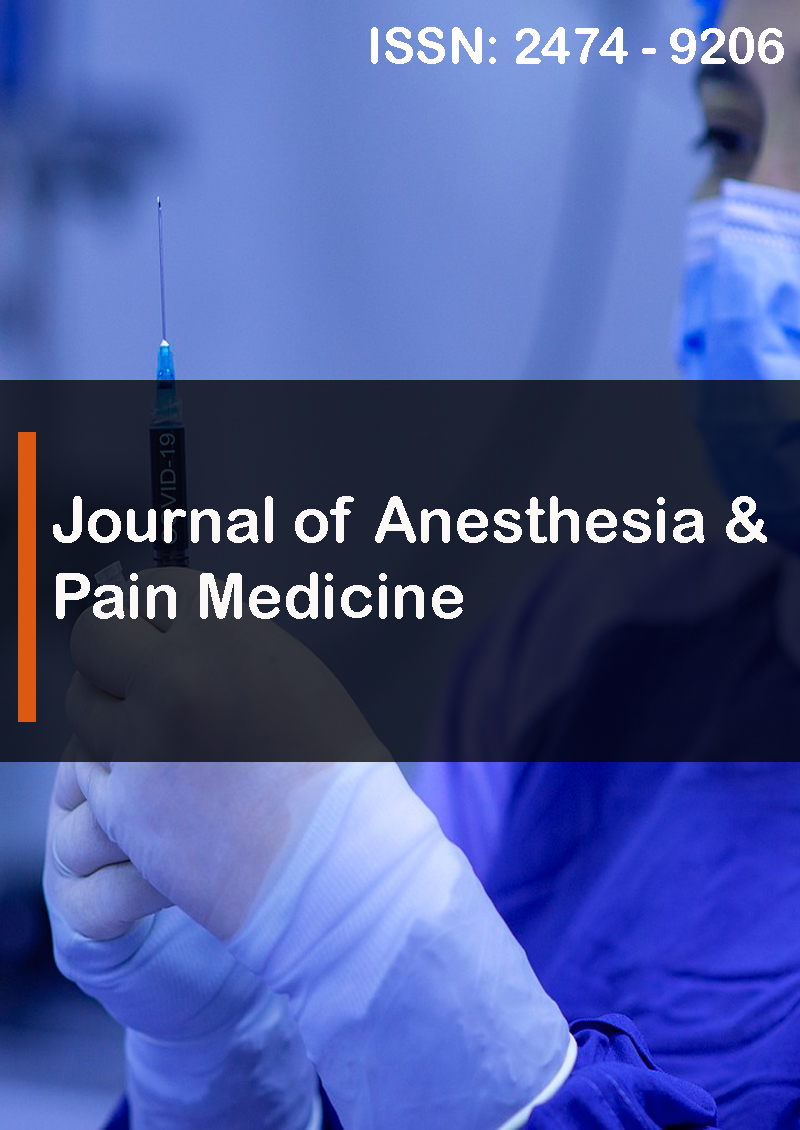Prototype of Video Laryngoscope: Wi-Mac-Multivision
Abstract
Jonathan De Freitas H, Miguel A Silva B, Juan C Padilla and Javier E Moreno S
Introduction: The management of the airway is a constant challenge for anesthesiologists, there are devices that facilitate orotracheal intubation, among which videolaryngoscopes can be mentioned, in view of their high costs it is difficult to access them. The following study is a prototype of a low cost and highly in the Central Hospital of Maracay (HCM).
Materials and Methods: Non-experimental, prospective and observational design, under the modality of a special project with an evaluative scope. The population consists of 32 patients who required orotracheal intubation by the anesthesiology and resuscitation service of the HCM with a video-laryngoscope prototype from a Macintosh laryngoscope.
Results: The use of Wi-Mac-Multivision showed 100% of orotracheal intubations without presenting any type of complication in them, only one of the patients deserved a second attempt to achieve orotracheal intubation. It was possible to visualize the vocal cords according to the classification of Cormack-Lehane in CL-I 93.7% and CL-II 6.3%. In only 3 cases (9.4%) was it necessary to use external maneuvers that improved visualization of the vocal cords (Maneuvers of B.U.R.P.) The average time needed to achieve orotracheal intubation was 29.62 ± 7.53 seconds.
Conclusions: Wi-Mac-Multivision manages to prove to be an alternative to be used by the staff of the central hospital to achieve orotracheal intubations, its low cost makes it easy to replicate this device and benefit more patients. Such a device would have advantages over the learning and training of HCM personnel. It remains to evaluate the number of intubations to achieve a good degree of training, indications and if it can be used in difficult airway patients, that is why there is a line of research open in our institution, which is expected to continue.



